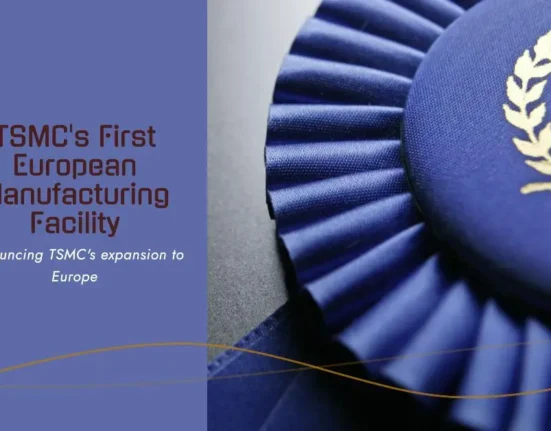China Doubles Domestic Semiconductor Production as US Export Curbs Intensify
- by Abhinav Kumar
- 24 October 2025
- 2 minutes read
Key Insights
- China ramps up domestic semiconductor production to counter US export restrictions, with leading firms accelerating in-house chip design and fabrication.
- Government investment surges, but experts note ongoing challenges in matching foreign technology, especially at advanced nodes above seven nanometers.
- Investor optimism is high, but analysts caution about hype outpacing actual breakthroughs and persistent dependency on foreign equipment.
China’s semiconductor production surge has become a defining feature of its technological self-reliance strategy . Much of which has been fueled due to US export restrictions .
In 2025 alone, Beijing doubled down with the third National IC Industry Investment Fund, injecting over 344 billion renminbi (about $47.1 billion)—a record sum for the sector—reflecting the urgency outlined by President Xi at the 20th Party Congress, where ‘technology’ was mentioned 55 times.
This push is aimed at reaching 50% self-sufficiency in semiconductors by the end of 2025, with local firms such as SMIC, Huawei, Xiaomi, Alibaba, and Tencent advancing their chip design and fabrication capabilities.
You Would Love To Read :$40B Chip Loophole: How China Bypassed U.S. Export Controls
Investment Patterns and Production Capacity Surge in 2025
While overall semiconductor industry investment in China fell 9.8% in the first half of 2025, equipment funding surged by more than 53%, signaling aggressive efforts to build a self-sufficient supply chain. Wafer manufacturing, the critical foundation for chip production, accounted for 51% of sector investment, highlighting China’s focus on expanding domestic foundry capacity.
China’s monthly wafer output reached 8.85 million in 2024 and is projected to hit 10.1 million in 2025, driven by the construction of 18 new fabs, including major facilities by Huahong and SMIC.
Technological Progress and Persistent Challenges
Chinese firms have made notable progress in mature process nodes (28nm and above), where companies like SMIC and Huahong now command a stable, competitive market share.
However, breaking through at advanced nodes—below seven nanometers—remains a major hurdle due to ongoing reliance on foreign technology for critical processes such as lithography and ion implantation.
Local experts highlight progress in areas like photoresist stripping and cleaning, but acknowledge persistent bottlenecks in metrology and advanced equipment, much of which still comes from Japan, the Netherlands, and Taiwan.
Investor Sentiment and Market Realities of China
Chinese semiconductor stocks have rallied, fueled by regional investor enthusiasm and optimism about domestic technology gains. Yet, analysts warn that market hype may be running ahead of actual breakthroughs, with supply chain chokepoints and foreign equipment dependency remaining critical vulnerabilities. The US has responded with investigations and potential tariffs targeting China’s mature-node chip expansion, further intensifying global competition and uncertainty in the market.
Looking Ahead , What’s up for China’s Semiconductor Industry
By 2030, China is projected to hold up to 30% of global foundry production capacity, surpassing Taiwan and solidifying its position as the world’s largest semiconductor hub.
Despite impressive expansion and investment, the sustainable competitiveness of China’s chip sector will depend on overcoming technological barriers and reducing foreign dependency.
“China’s aim to boost semiconductor self-sufficiency is expected to reach 50% by 2025. Diverse companies… have made significant progress in technology R&D and market expansion. But challenges remain in other parts of the process, including metrology, coating/developing, lithography and ion implantation, where external technology… is still critical.”
Join the conversation—connect with fellow tech enthusiasts on our WireUnwired Research WhatsApp group or our LinkedIn community for ongoing insights and analysis.
Discover more from WireUnwired Research
Subscribe to get the latest posts sent to your email.








